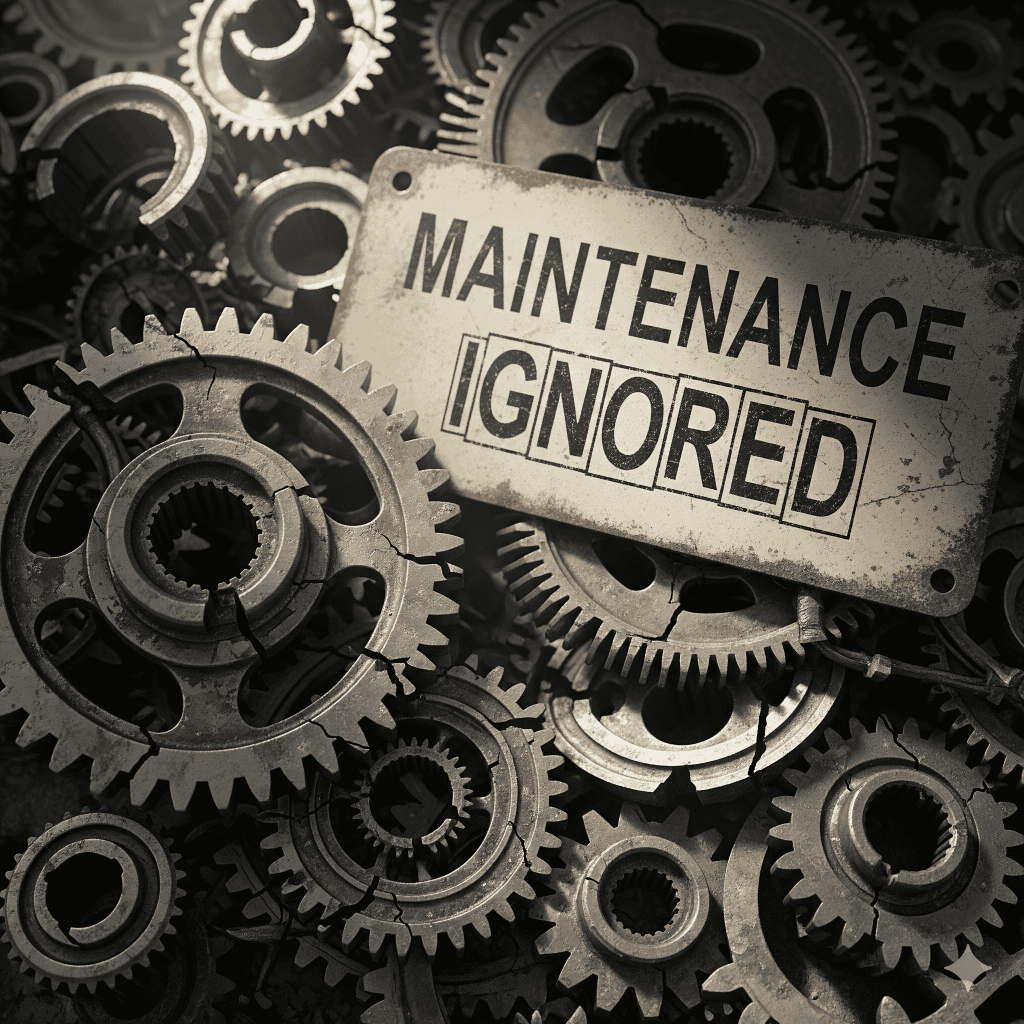Introduction
Many businesses believe that once a web application is built and launched, the job is done. But in reality, software requires continuous maintenance to stay secure, efficient, and relevant.
Ignoring regular updates, security patches, and performance checks can lead to hidden costs that far outweigh the price of proactive maintenance.
In this article, we’ll explore the true risks and costs of skipping software maintenance — and why it’s a mistake businesses can’t afford to make.
1. What is Software Maintenance?
Software maintenance includes the activities required to keep an application secure, bug-free, optimized, and scalable after launch.
This involves:
- Security updates & patches
- Bug fixing
- Performance optimization
- Feature upgrades
- Compatibility with new devices and browsers
2. The Hidden Costs of Ignoring Maintenance
🔒 1. Security Vulnerabilities
Outdated software is a prime target for hackers. A single breach can cost thousands in recovery, lawsuits, and lost trust.
⚡ 2. Declining Performance
Unoptimized code, bloated databases, and outdated APIs lead to slow response times and user frustration.
💸 3. Increased Long-Term Costs
Fixing neglected software later often requires a complete overhaul, which is far costlier than regular upkeep.
❌ 4. Loss of Business Opportunities
If your system lacks modern features (e.g., integrations, mobile support), you may lose customers to competitors.
🛑 5. Unplanned Downtime
Without monitoring, unexpected crashes can cause downtime that disrupts operations and damages brand credibility.
3. Real-Life Example of Neglect
Imagine an e-commerce site that hasn’t updated its payment gateway in years. Suddenly, transactions start failing because the provider updated their API.
👉 Result: Lost revenue, unhappy customers, and expensive emergency fixes.
4. Why Proactive Maintenance is Cheaper
- Lower repair costs by fixing issues early.
- Prevent downtime that causes revenue loss.
- Protect brand image with secure, fast applications.
- Extend the lifespan of your software investment.
5. Best Practices for Software Maintenance
✔️ Schedule monthly/quarterly health checks.
✔️ Regularly update libraries and frameworks.
✔️ Monitor server logs and application uptime.
✔️ Test new features before rollout.
✔️ Partner with a reliable support team for ongoing care.
Conclusion
Ignoring software maintenance doesn’t just create technical debt — it creates financial and reputational risks. Regular updates and health checks are not expenses, but investments in stability and growth.
👉 At Redirect India, we offer proactive maintenance and support services to help businesses keep their web applications secure, fast, and future-ready. Contact us today to protect your investment.

